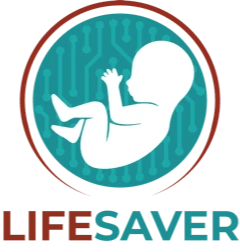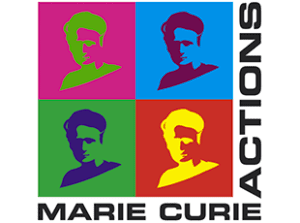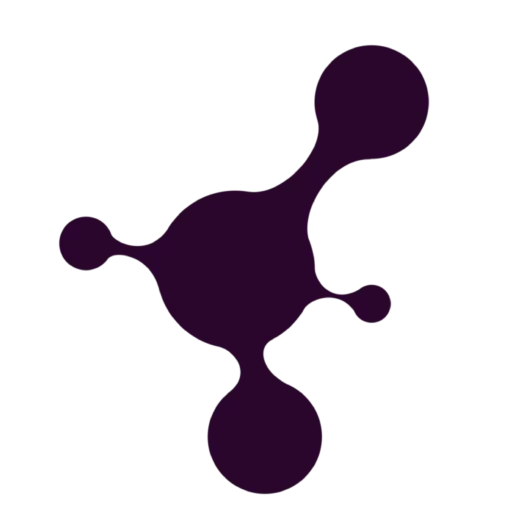Placenta Model
Automoated and parallelized cell culture platform for long-term cell perfusion
Completely automated platform
Less manual work and longer experiments
Independent microenvironments
Adjust the requirements for each side of the membrane
Time-resolved results
Unravel the evolution of molecular transport
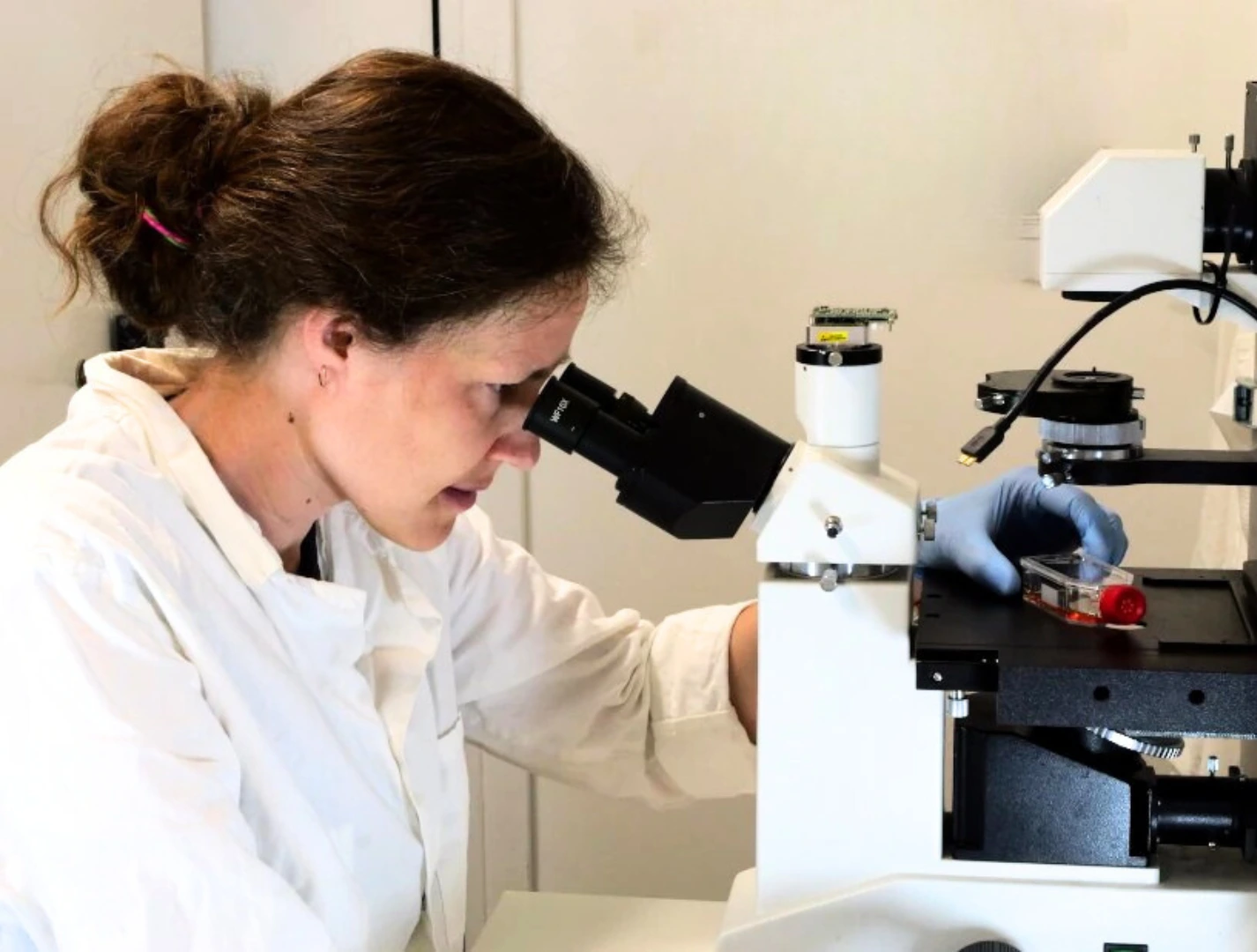
Need a microfluidic SME partner for your Horizon Europe project?
Placenta model
But increased resolution usually also means increased complexity, and these systems can easily become difficult to reproduce anywhere else but at the lab where they were conceived.
Reproducibility and robustness are crucial topics to consider when choosing a technology to perform experiments with, so our team developed a platform that encompasses and automates all necessary functionalities of a barrier model experiment, in this case, focusing on the molecular transport between mother and fetus in a placenta model.
Placenta model Setup
- a recirculation system to perfuse the cells continuously, with a fail-safe mechanism in case of clogging;
- a temperature controller to keep everything at 37ºC;
- O2 sensors to monitor the microenvironment;
- Sample collector for automated and time-resolved collection;
- It can plug in any cross-membrane chip connecting both sides;
The schematic below represents the mother side of the placenta model, and the working principle of the recirculation and collection. The fetus side is exactly the same, but parameters can be adjusted to better mimic the fetus development.
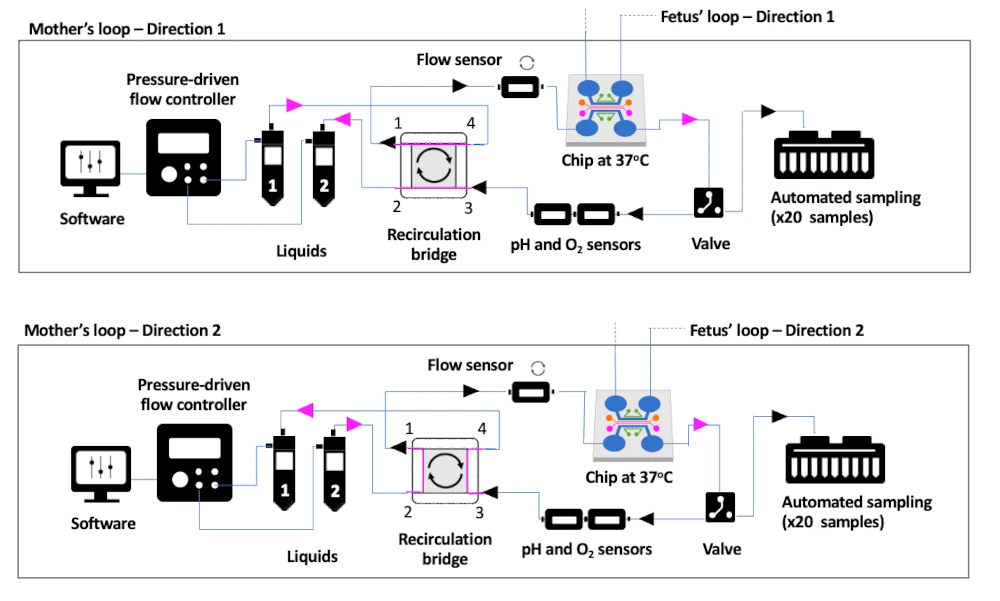
The control of the functionalities is centralised in a dedicated software.
References
Featured image: Mouse-Fetus and placenta, 2008. Wei Hsu, Shang-Yi Chiu, Lessons on Life from SENP2 Sedwick C PLoS Biology Vol. 6, No. 12, e312 doi:10.1371/journal.pbio.0060312
Compatibility and applications
Our placenta model platform can be used as a barrier model to study molecular transport in other applications, such as:
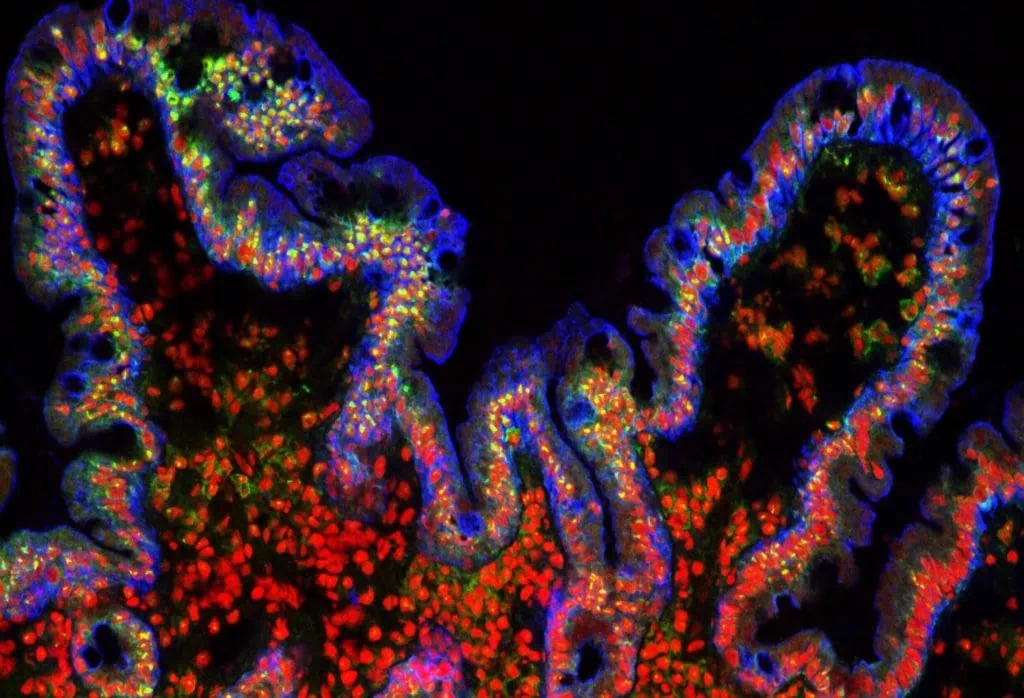
Gut-on-a-chip pack
Intestinal cells coculture under flow, mimicking the gut physiology
✓ All microfluidic pieces included, quick and easy assembly
✓ Dynamic culture conditions
✓ Advanced in viro/ex vivo
Gut-on-chip

Inflammatory bowel disease model
Automatically collect important markers of IBD in a relevant in vitro model
✓ Uncover cytokine profile changes in time
✓ Mimic pathological conditions of IBD
✓ Tailor sample volume to your analysis
Inflammatory bowel disease model
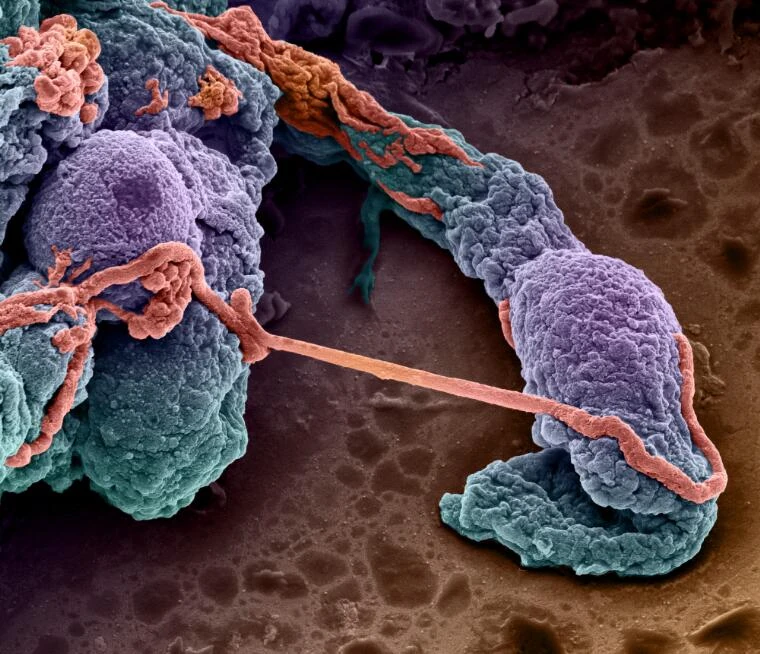
Blood-brain barrier on chip
Plug-and-play instrument pack for long term BBB on a chip study
✓ Relevant microenvironment
✓ Automatized organ-on-chip perfusion
✓ Plug-and-play microfluidic platform
Blood-brain Barrier on Chip
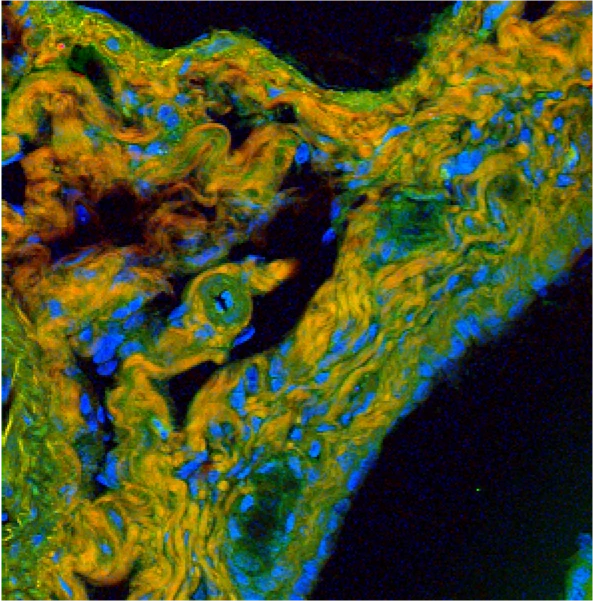
Liver-on-a-chip pack
Mimic the liver microenvironment in long term experiments
✓ Improve your reproducibility with physiological culturing conditions
✓ Automated and controlled supply of nutrients in a stable flow
✓ Test different conditions at the same time
Liver-on-chip
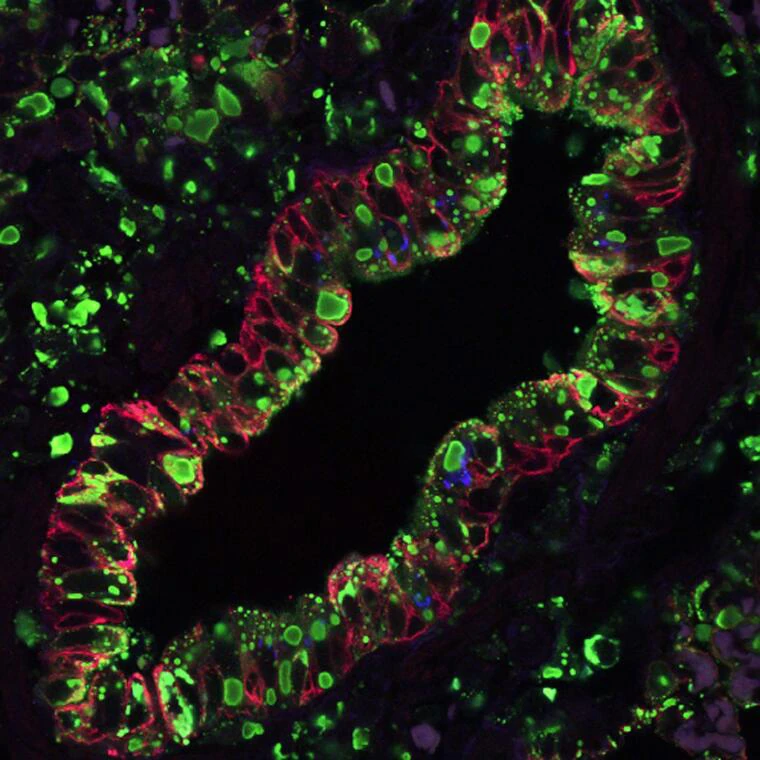
Lung-on-a-chip pack
Perform lung research in a physiologically relevant microenvironment
✓ Culture your lung cells in a physiological air-liquid interface
✓ Continuous and controlled supply of nutrients in a stable flow
✓ Stop losing your cell experiment due to clogging
Lung-on-a-chip
And many more!

References
a. Adapted from: Huh, D.; Matthews, B.D.; Mammoto, A.; Montoya-Zavala, M.; Hsin, H.Y.; Ingber, D.E. Reconstituting organ-level lung functions on a chip. Science 2010, 328, 1662–1668.
b. Designed internally
Placenta model recirculation system
The technical specifications of the pump and valves of the recirculation system for the placenta model are:
| Characteristics | Specifications |
|---|---|
| Accuracy | +/- 2.5 mbar |
| Flow rates | 0-5ml/min depending on flow sensors |
| Air consumption | few ml/min |
| Response time | 140 ms |
| Settling time | 2750 ms |
| Overshoot | 0.12 mbar |
| Recirculation Bridge | Internal volume: 4 ml/loop |
Automated sampler
| Characteristics | Specifications |
|---|---|
| Number of samples | Up to 20 samples per side |
| Volume of collection vial | 1,5 to 2 ml Eppendorfs |
O2 sensors
| Components | Technical specifications |
|---|---|
| Wetted Material | PTFE |
| Dimensions | 10x10x10 cm (control unit) 3x1x1 cm (sensing unit) |
| Admissible Flow rates | 1-100 µL/min |
| Accessible Oxygen Levels | 0-20 %DO |
| Stability of the control | +/- 0.5 %DO/td> |
| Dynamic range of control | 0.5% DO / min |
| pH range | 6-8 pH |
| Stability of the control | +/- 0.5 pH |
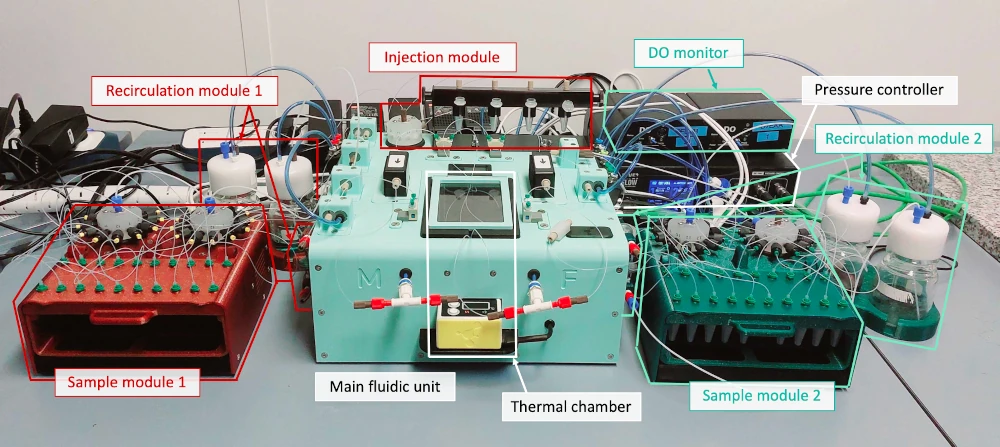
Frequently asked questions
How many chips can we run at the same time?
Currently, the platform can hold only one cross-membrane chip.
What are the characteristics of the membrane of the chip?
The platform was designed to host most types of the chip, commercial or home-made, with the right adapters. So the membrane tech specifications depend on your choice of material.
Can the platform be placed inside the CO2 incubator?
No, the placenta model platform was designed to be independent of the incubator.
Do I need to use a specific chip?
No, the platform was designed to host most chips, whether commercial or home-made, with the right adapters.
Do you provide the chips with the cells already grown inside?
No, we provide the fluidic circuit and automation to run a variety of barrier model experiments with this platform. However, the biological part is out of our scope. You will need to develop and culture your cells yourself and we can help you add your biological model to the platform.

